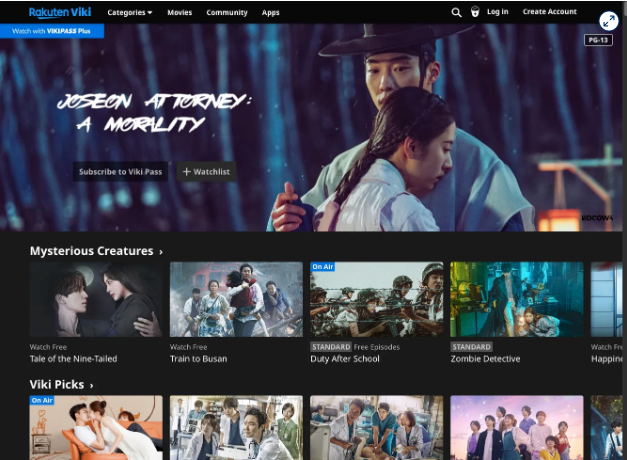Global demand for Asian films and TV shows has risen in recent quarters, driven by easier access on streaming services and hit shows like Netflix’s “Squid Game,” according to data provider Parrot Analytics.
While supply of Asian content is still outpacing audience demand, the gap is closing. Korean content makes up the bulk of Asian content libraries, but demand for Chinese and Japanese language has been rising.
The popularity of Netflix’s hit drama “Squid Game” and other Korean series, as well as the recent success of films like “Minari” and “Everything Everywhere All At Once,” has helped boost the demand for Asian language movies and TV shows globally.
A large part of that demand comes as U.S. viewers have easier access to global content than ever before thanks to major streaming services such as Netflix and Warner Bros. Discovery’s Max, as well as niche offerings like Rakuten Viki, which focuses on Asian entertainment.
Streaming services’ unwieldy libraries have led to some media companies implementing cost-cutting efforts to make the apps profitable. But investment in Asian, especially Korean, content is still high.
Loved around the world
The share of global demand for Asian language content reached 25% in the first quarter of this year, up from about 15% in the same period in 2020, according to data provider Parrot Analytics.
While supply of such content outstripped demand — meaning there’s more produced than people are watching — the gap between the two is narrowing, said Brandon Katz, an entertainment industry strategist at Parrot. During the first quarter, supply was 4.7% greater than demand in the Asian language category, an improvement from 9.8% in the first quarter of 2020.
“Some might think that supply outstripping demand globally could mean a slight pullback in investment could be on the table. But that gap is very much shrinking,” Katz said, pointing to the success of Netflix hits such as “All of Us Are Dead” and “The Glory.” “There is steady progress being made, which was reflected in 2022.”
Since the beginning of this year, those titles, along with “Squid Game” and “Extraordinary Attorney Woo” have continuously claimed four spots on Netflix’s global top 10 non-English TV hits. Thriller show “Squid Game” took the first spot for a spell.
Last month, Netflix said it would grow its Korean content, roughly doubling the total investment since the company began its offering in Korea in 2016. The behemoth streaming service said it plans to invest $2.5 billion over the next four years to produce more Korean shows and movies. The investment comes after 60% of all Netflix members watched at least one Korean title in 2022.
While global demand for Korean-language TV shows has increased since early 2020, it has still been outpaced by the supply of the content. Meanwhile, that demand has stagnated in comparison to other Asian language TV series, specifically Japanese and Chinese, according to Parrot.
Netflix will focus on more than the increasingly popular Korean drama genre, Don Kang, Netflix’s vice president of Korean content, recently told CNBC’s “Squawk Box Asia.”
“Our primary focus is the local audience in Korea. We’ve found time after time, when a show is loved by a Korean audience, it has a very, very high likelihood of being loved by the audiences or members around the world,” Kang said.
Beyond the mainstream
Netflix is part of a larger trend. Its popular shows — along with hit Asian American films such as “Minari” and “Everything Everywhere All At Once,” which recently swept the major awards at the Oscars this year —have benefitted other streaming platforms and opened the U.S. audience up to exploring more Asian movies and TV shows.






